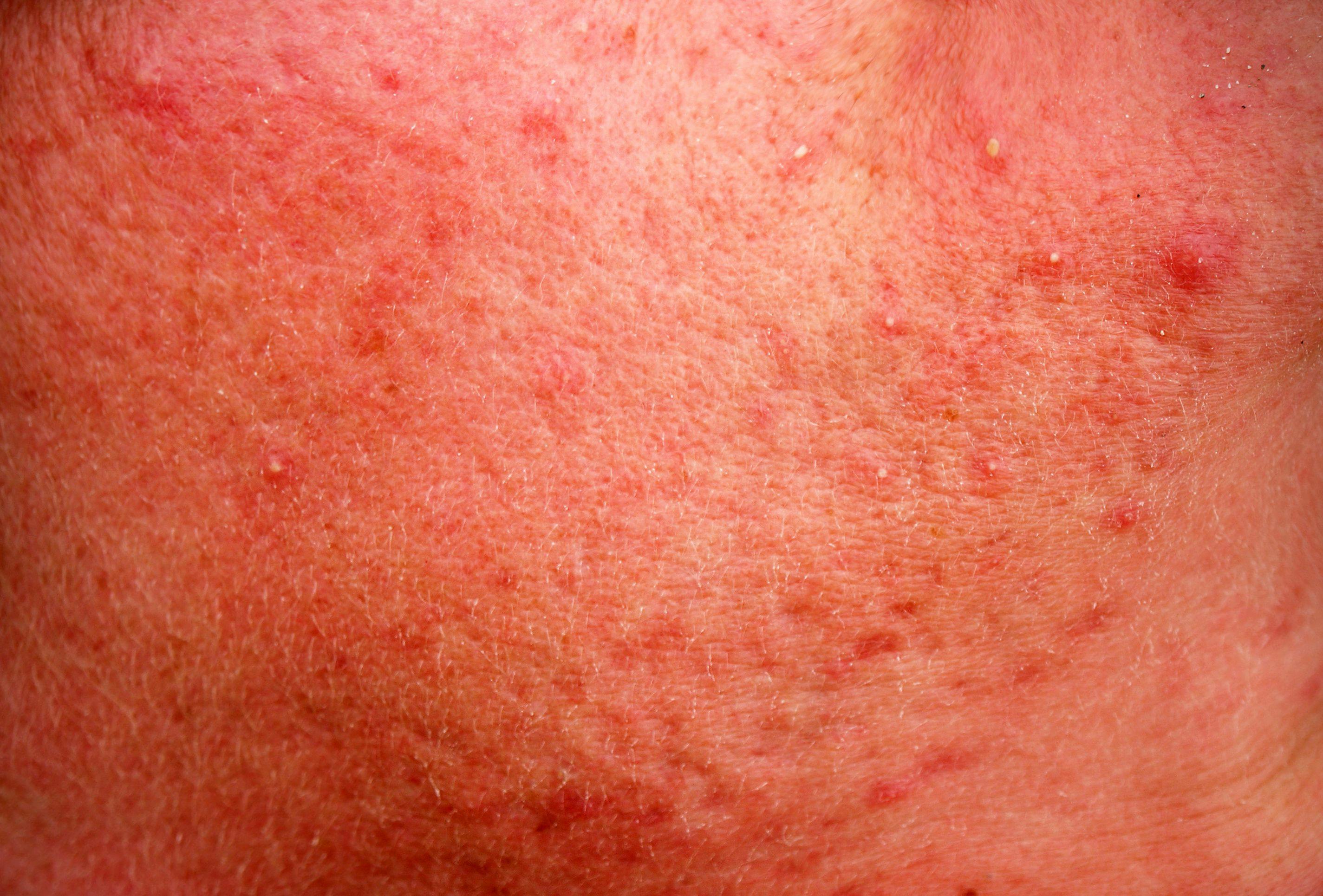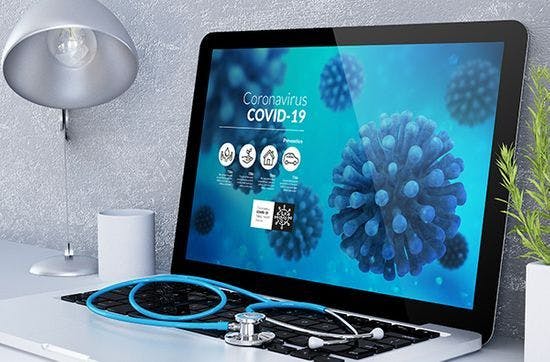- Acne
- Actinic Keratosis
- Aesthetics
- Alopecia
- Atopic Dermatitis
- Buy-and-Bill
- COVID-19
- Case-Based Roundtable
- Chronic Hand Eczema
- Chronic Spontaneous Urticaria
- Drug Watch
- Eczema
- General Dermatology
- Hidradenitis Suppurativa
- Melasma
- NP and PA
- Pediatric Dermatology
- Pigmentary Disorders
- Practice Management
- Precision Medicine and Biologics
- Prurigo Nodularis
- Psoriasis
- Psoriatic Arthritis
- Rare Disease
- Rosacea
- Skin Cancer
- Vitiligo
- Wound Care
Publication
Article
Dermatology Times
Cleansing challenges
Author(s):
Zoe Diana Draelos, M.D., outlines some challenges encountered while cleansing the skin, and answers questions about hand washing hygiene and microbiome cleansing products.
Q: How clean is clean?
A: This is an important question because the skin is never perfectly devoid of microorganisms and thus is always dirty. Microorganisms are the constituents of the microbiome, which represents the interface between the body and the external world. The skin contains over 100 species of bacteria with a population of 1 million microorganisms per square centimeter. The organisms present in the normal human microbiome include: Actinobacteria (51.8%), Firmicutes (24.4%), Proteobacteria (16.5%), and Bacteriodetes (6.3%). While there might be concern the presence of these organisms represents unclean skin, these organisms actually keep the skin clear of infection. The skin surface is actually a daily war zone for microorganism survival. The organisms that touch the skin surface consuming sebum will live with survival based on access to nutrition. If the skin is colonized with nonpathogenic organisms, there is no nutrition for pathogenic organisms. If the skin is devoid of organisms, pathogenic organisms can reproduce with an abundant nutritional supply. Thus, the skin should never be clean of all organisms, but it is important to be clean of all pathogenic organisms.
Q: What is the function of hand washing in hygiene?
A: Does it remove the beneficial microbiome organisms? The inability to answer this question actually led to the removal of triclosan as an antibacterial ingredient in bar and liquid cleansers. Prior to that, triclosan was the most widely used antibacterial ingredient. It was taken off the market in the United States because no one could prove that it was truly antibacterial. Why? Because bacteria remain on the skin surface even after washing. However, this is fortunate since skin devoid of bacteria is unhealthy. Cleansing can remove beneficial organisms. But the natural microbiome returns fairly rapidly after cleansing, controlled by the immune status of the individual. The purpose of hand washing is not to remove the entire microbiome, but rather to remove transient pathogenic organisms. For example, you may shake hands with a Methicillin-resistant Staphylococcus aureus (MRSA) carrier who has just rubbed their nose with the palm of their hand and then transferred the organism to your hand during the handshake. MRSA is not part of your microbiome but could become part of your microbiome under appropriate conditions. Washing your hands removes this transient pathogenic organism before you, too, become infected or a MRSA carrier. Thus, hand washing is important to maintain a healthy microbiome, but not intended to remove all bacteria from the hands.
Q: What are some of the new microbiome concepts in cleansing?
A: A new claim appearing on a number of cleanser products is “microbiome friendly.” What exactly does this mean? Not much. This is a clever marketing claim that has no required substantiation. In theory, it means the cleanser does not modify the healthy natural microbiome. This is good, but most cleansers sold OTC for hand washing will allow re-establishment of the natural microbiome rapidly. So, this claim does not add much to the current market. Another interesting marketing concept in marketing is the addition of substances to cleansers that promote the growth of bacteria. These substances are known as prebiotics. Oral prebiotics are nondigestible food materials, such as wheat bran, that can be broken down by gut bacteria into sugars, providing a food source for gut bacteria. On the skin, the addition of nondigestible materials, such as inulin, to cleansers provides a food source for skin surface bacteria. This use of prebiotics is a little challenging as cleansers have short contact with the skin and the inulin would need to deposit on the skin surface to have an effect.

Newsletter
Like what you’re reading? Subscribe to Dermatology Times for weekly updates on therapies, innovations, and real-world practice tips.





























